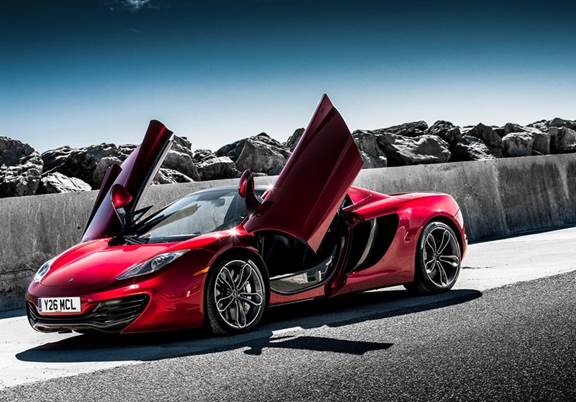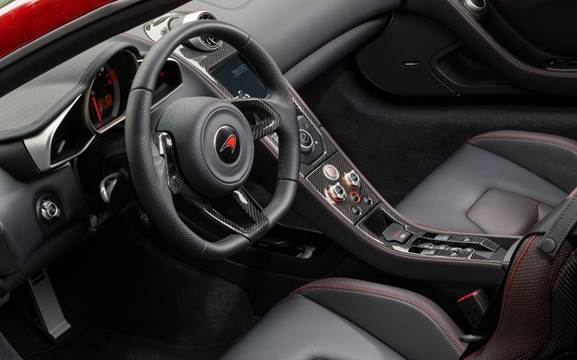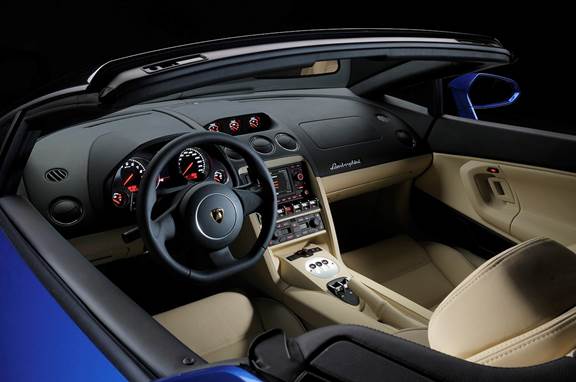Over a blind table top and sharp right into a steep corkscrew. As a sequence of corners, racetracks don’t get much trickier than this. Especially considering whoever penned this challenging swathe of asphalt dismissed run-off areas as superfluous.
Compounding the three-dimensional chicanery is a mid-engined supercar that’s already recalibrate any track-god fantasies I might’ve harbored into something distinctly mortal. It didn’t take long for the Lamborghini Gallardo LP550-2 to remind me that the gap between its abilities and my meager skills is far wider than any courage summonsed to bridge the divide. Cock it up and the danger of a R2,6 million supercar making contact with a wall of used tyres is all too real. And if there’s one car you really don’t want to get it wrong in, it is this Italian.

It’s hard to believe, but it’s a decade since the Gallardo was first unveiled. It’s an anachronism of a time when men still shaved and supercars would bite you on the Arse if you arrived without your A-game. As opposed to its four-wheel-drive Squadra Corsa, Superleggera, Super Trofeo, Super Everything siblings, the LP 550-2 is the basic RWD, bottom-of-the-range Gallardo. And chief Arse biter.
Even at rest, there’s nothing friendly about the car. It sports sharp creases and a low, knee- capping menace that requires fortitude to open the door and step inside. Turn on the ignition and the naturally aspirated V10 explodes into life with a voracity that immediately questions the wisdom in doing so. Rev it and the rest of the neighborhood will question this, too.
True to its Latin heritage, the Gallardo is shouty and demonstrative despite input from its German masters. Yes, the Audi switchgear is all too evident, but who cares? The heart of the car is proudly Italian.
The cabin is cramped, with the bucket seats clamping your torso and thighs, leaving your legs angled left and feet close together over the two pedals. Yes, the criticized E-gear transmission is still there. And its slow and clunky cog-swapping habits remain. The brutality of the semi-automatic, robotized shifting only adds to the Gallardo’s appeal and the fact that the shifts are very slightly slower than those of some of its newer rivals is hardly a deal-breaker.

It’s also dated inside, but the interior still displays the essence of supercar: sheets of stitched leather covering every surface area; and loads of dials with info that only the company’s test driver would ever need. In other words, it’s a lust worthy car.
But then so is the McLaren 12C Spider. For different reasons, though. Where the Gallardo represents Supercars Past, the McLaren is the embodiment of Supercars Present. Not only does its hardware – the carbon-fiber tub and the blown V8 – reflect current engineering, but its multifaceted abilities represent what’s expected of the modern supercar. Yes, it must induce G-force ripples across your face and display mountain goat-like levels of grip up a pass, but crucially, it should also have a docile and comfy side. It should be a car with suspension settings, stability control modes and interior comfort that make the rigors of everyday driving less of a chiropractic exercise and more of a triumphant tour in your expensive exotica.

McLaren 12C Spider’s specs
Output: 460 kW / 600 N.m
0-100 km/h: 3,50 secs
Top speed: 328 km/h
Laptime: 1:12,2
Max speed: 182 km/h
To this end, the 12C is perhaps the world’s leading exponent. You still have to perform the Supercar Limbo to stoop below the scissor door and squat over the thick sill to get in, but once inside, the car envelopes you in the perfect ergonomic blend of control and comfort.
I reckon the Spider looks even better than the coupé – especially with this McLaren Special Operations body kit. The carbon-fiber chin spoiler and vents above the wheel-arches add drama to what’s otherwise a safe supercar template. The carbon-fiber roof panels also origami away behind your head at the push of a button, with minimal weight gained: the Spider is only 40 kg heftier than the coupé.

Clearly another lust-worthy car, then. So, on which one should you blow your lottery winnings?
The McLaren is faster, nimbler and easier to drive. It’s a marvelous motorcar that simply defies belief. For one thing, it feels and pivots like a car half its 1 400 kg heft and the grip is phenomenal. And, when it does break traction, the news is calmly communicated.
The engine is a wonder of internal-combustion technology and the 3,8-liter twin-turbo delivers its mighty 600 N.m from as low as 3 000 r/min with a mighty surge of power all the way past 7 000 r/min. Those 460 kW will deform your eyeballs and adrenaline will wash through your system.
But, turn the stability-control modes and damping to normal and you can genuinely drive this car round town with ease. There is no intimidation factor with the 12C.

The Gallardo, on the other hand, has that factor. Quite a lot of it. While grip is as prodigious as you would expect in a supercar, you get a strong sense that if you do venture pass its limits, unless you’re a pro, you are going to be in ten kinds of trouble.
Every part of this car demands all five senses engaged, and preferably your sixth, too. The V10 raises the loudhailer to your ear, the steam-hammer gearshifts thud against your back, your middle ear is at full alert waiting for the tail to step out and your foot twitches above a brake pedal that feels wooden for three-quarters of its travel and bites like a bastard in the last quarter. It’s challenging at speed and fidgety round town.
Which would I go for, then? My heart says the Lambo and it is difficult not to fall for its rough charms. It also appeals to my underdog sensibilities in a Rocky Balboa kind of way.
But, that McLaren is just too a good an example of cutting-edge automotive engineering not to pocket its carbon-fiber key.

Lamborghini Gallardo LP550-2′s specs
Output: 415 kW / 540 N.m
0-100 km/h: 4,07 secs
Top speed: 320 km/h
Laptime: 1:14,2
Max speed: 174 km/h